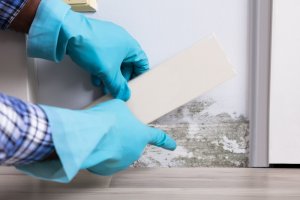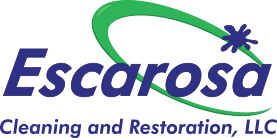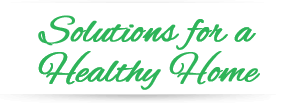What are the Signs I Have Mold in my House? - Escarosa

Mold: it’s probably something you associate with old bread and musty wood. While mold is part of our world and quite common in the natural environment, it can be a problem when it grows indoors. If you’re thinking, “I don’t want mold in my house,” you’re not alone.
Mold loves humidity and warmth. This means it generally grows in bathrooms, basements, ceiling tiles, wallpaper, carpet, under sinks, and around pipes.
Fortunately, you can get rid of mold in the home. The first step is learning how to spot it. In this post, we’ll cover the top signs of mold and help you understand what to do if you suspect you may have a mold problem on your hands.
Let’s dive in.
How do I Tell if I Have Mold in my House?
Mold in the home can cause serious problems – both to the structure of your house and the health of everyone living inside of it. To spot mold and stop it in its tracks, look for these four signs:
1. Sudden allergies or other symptoms
If you suddenly notice sneezing, runny noses, irritated throats, or other allergy symptoms, it’s a good indication that mold is present. This is especially true if the signs lessen or disappear when you leave home. Common symptoms of mold allergies include:
-
Sore or scratchy throats
-
Congestion
-
Coughing
-
Sinus headaches
-
Itchy, red, or watery eyes
-
Irritated or itchy skin
These symptoms can be mild or severe, depending on the age and underlying health of the person they affect.
2. Mold Smell
While not all molds produce a smell, many kinds do. Generally, when mold is present, you’ll notice a musty, damp smell. This odor will be most pungent where mold is growing and fainter the further you get from the mold.
3. Visible Mold
In some cases, mold growth is advanced or exposed enough that you can see it. Some mold looks like thin white threads, while other types of mold look like dark stains or fuzzy patches of gray, brown, black, or white material. For more information on what mold looks like, here’s a great resource from the Environmental Protection Agency (EPA).
4. Water Leaks, Water Damage, or Flooding
Where there’s water, there’s usually also mold. While mold growth around water leaks or past water damage isn’t always noticeable, it’s a good chance mold spores are proliferating, anyway. Have the area of the leak inspected by a professional.
What to Know About Mold Removal
Once you’ve identified mold in your home, the next step is to call in the mold removal specialists. Mold can be dangerous to your home and health, and professional mold removal is a critical step to solve the problem and get things back to normal. Here at Escarosa Cleaning and Restoration, our Pensacola-based team provides comprehensive mold removal services to Florida customers.
Don’t cope with mold on your own – contact our team today and let us help you reclaim your healthy, clean home.












